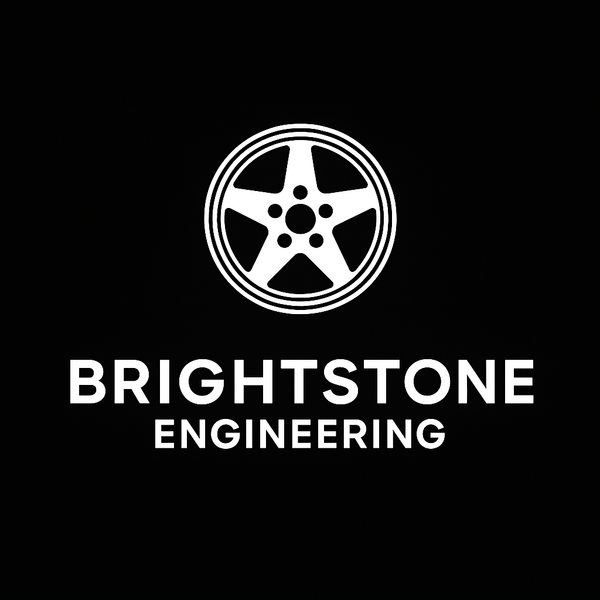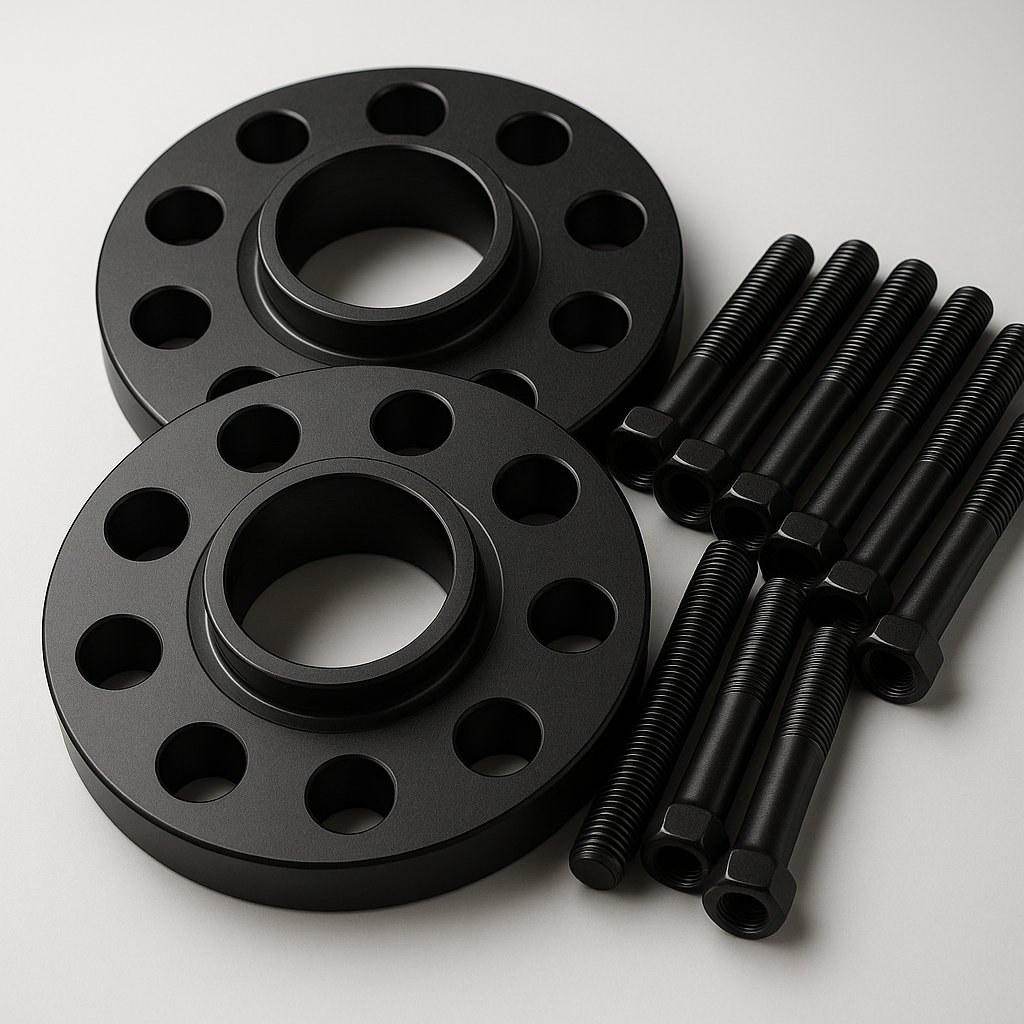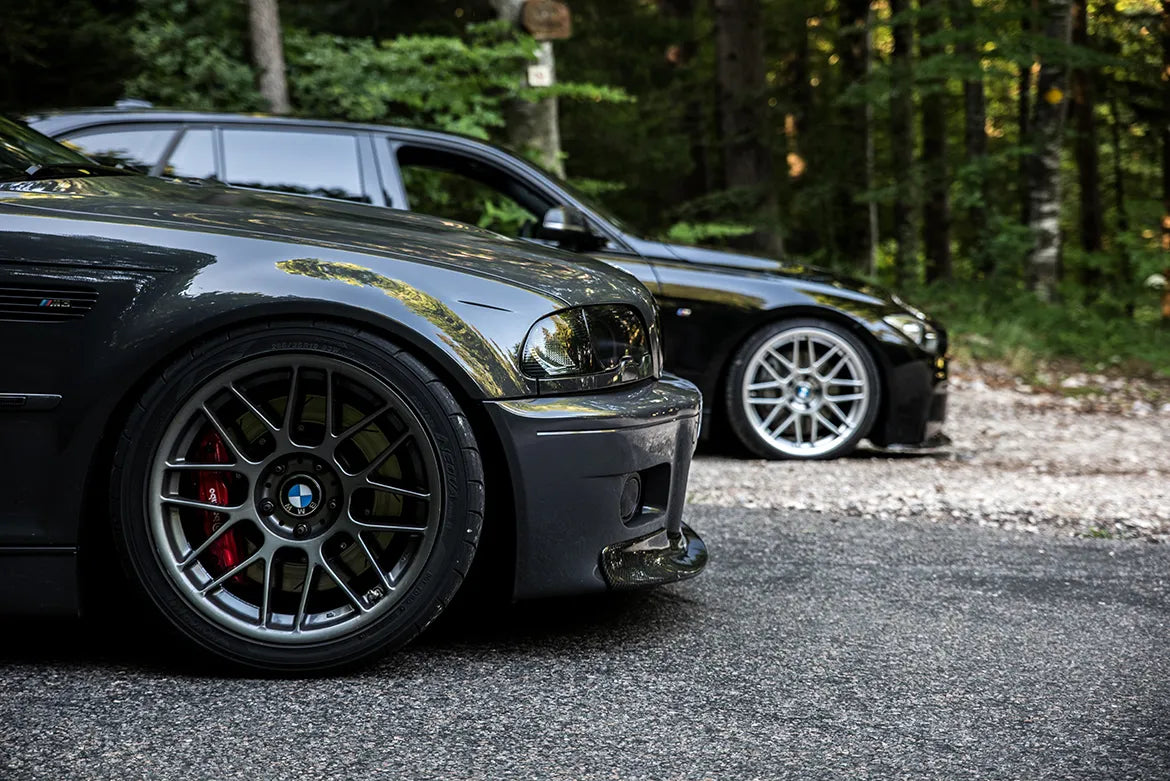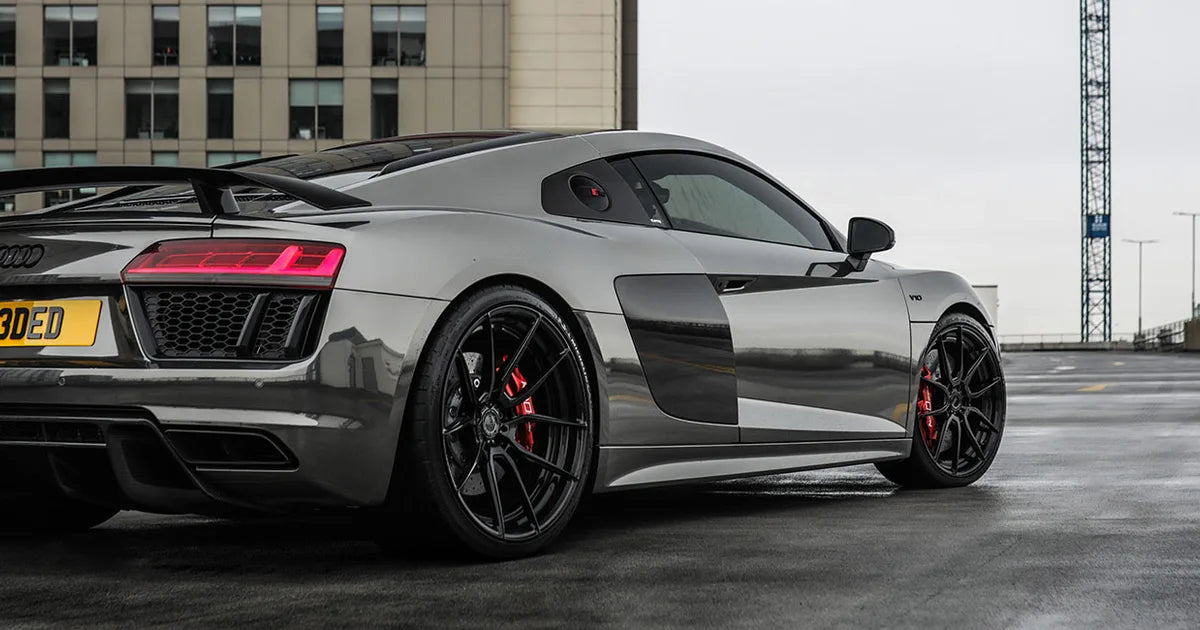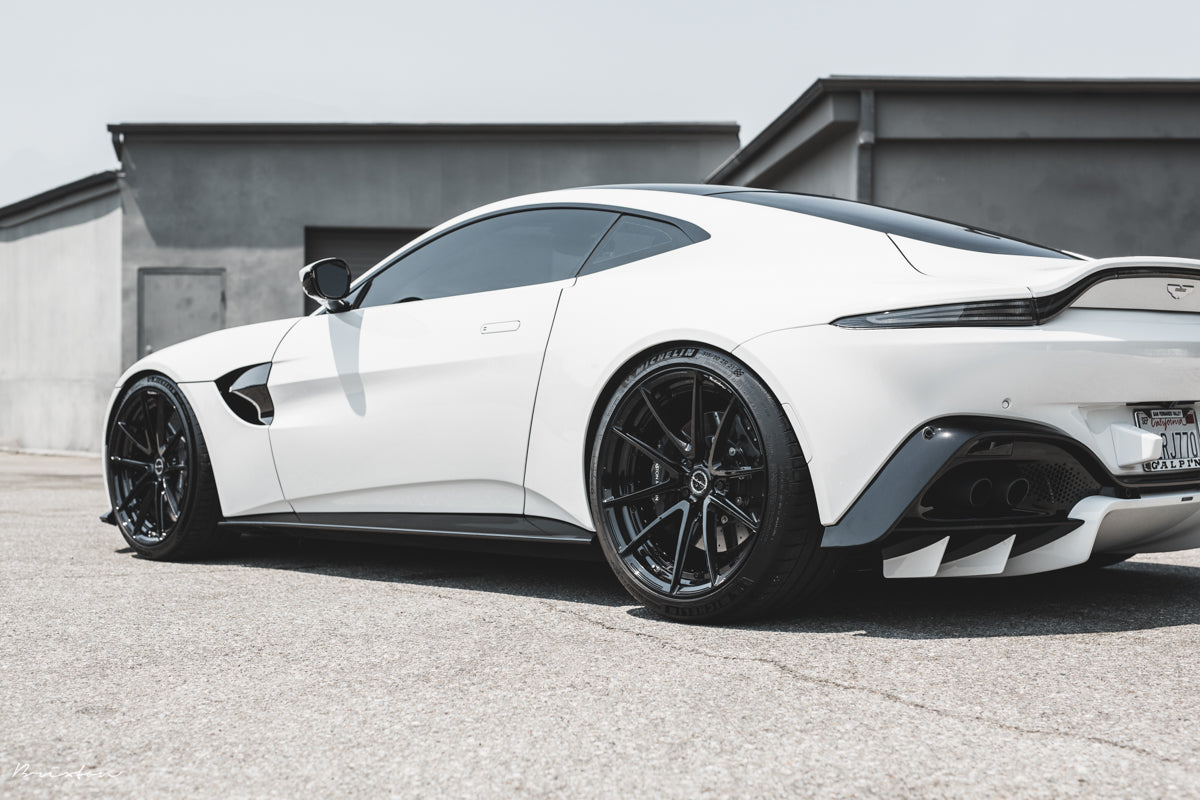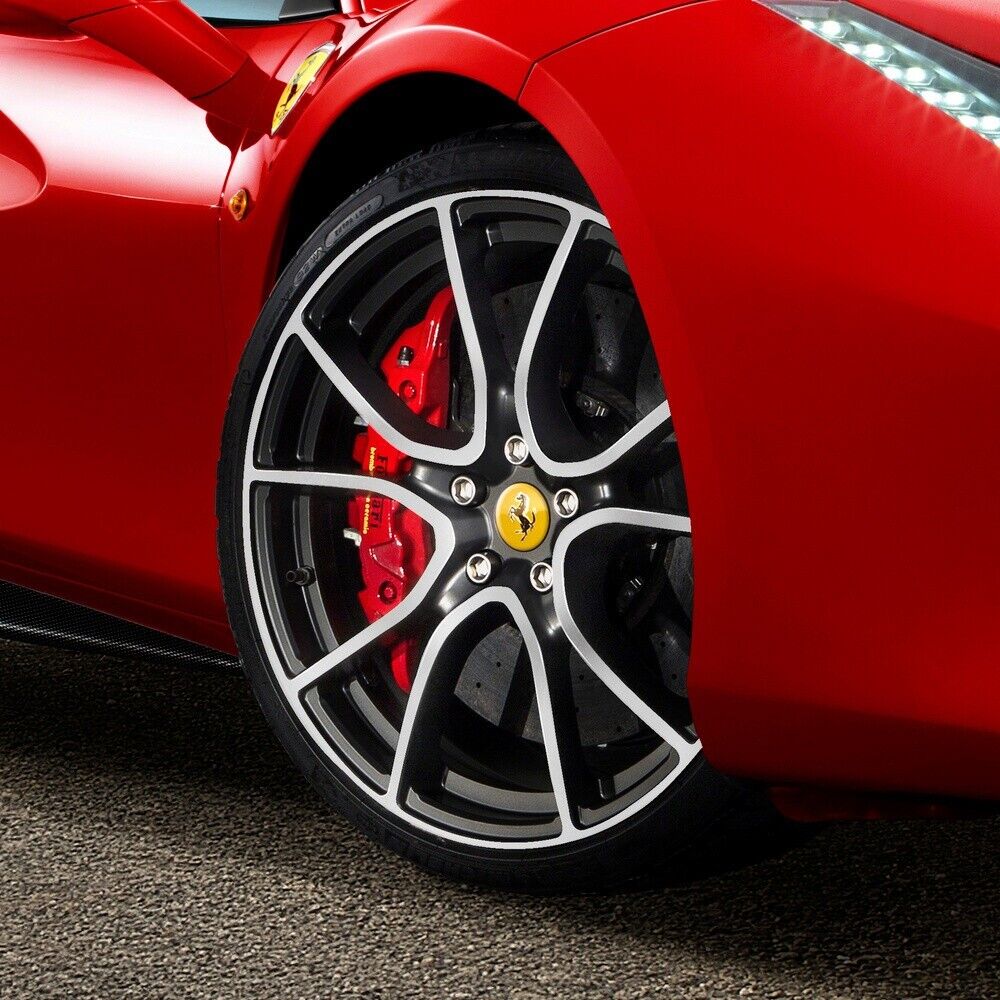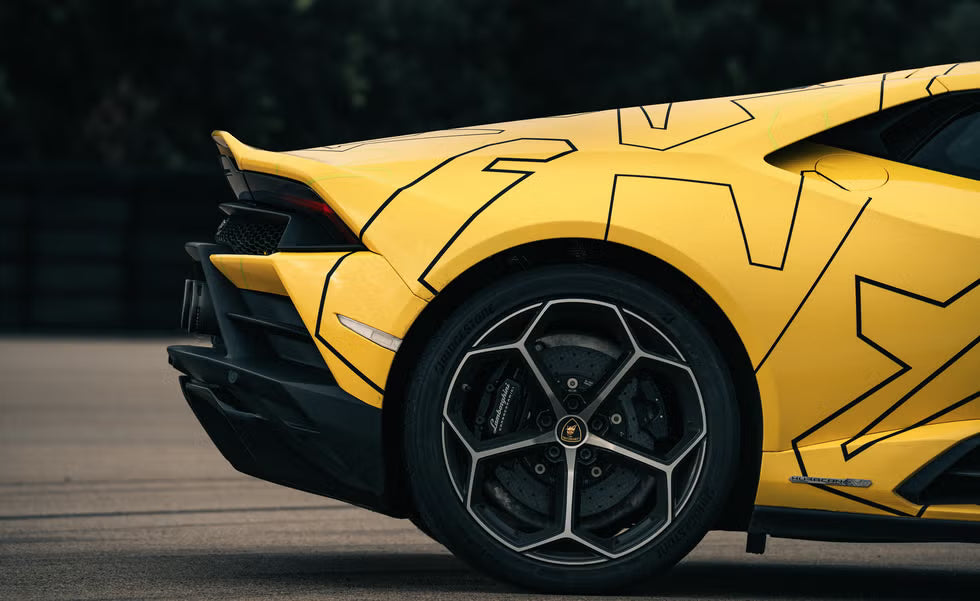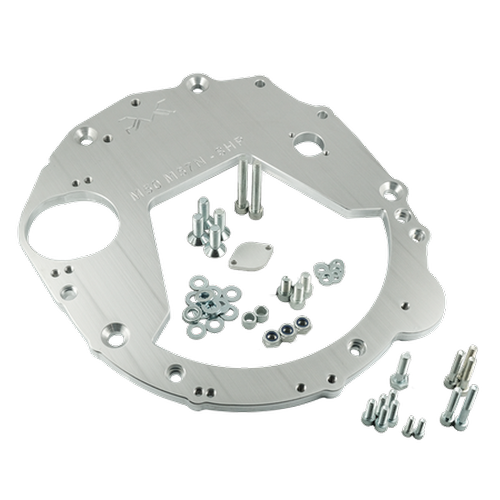
Gearbox Adapter Plate Manufacturers Uk
Share
Understanding Car Gearbox Adapter Plates

Think of a gearbox adapter plate as the translator between two parts that don't speak the same language. When you want to bolt a Ford engine to a BMW manual gearbox, or fit a modern transmission behind a classic V8, the original mounting points won't line up. That's where automotive adapter plates come in - they bridge the gap and make the impossible possible.
These transmission adapter plates do more than just connect different bolt patterns. They position the input shaft at exactly the right angle and distance, keep everything aligned under load, and maintain the correct spacing so your clutch operates smoothly.
At Brightstone Engineering, we're entering this market with a modern approach to an old problem. Using our 3D scanning technology, we can reverse engineer existing adapter plates - even worn or damaged ones - then machine improved versions with our CNC equipment.
Vehicle gearbox compatibility becomes critical when you're swapping between different manufacturers - a Toyota engine to a Nissan gearbox, or fitting a manual gearbox adapter to replace an automatic setup. Many adapters from specialist manufacturers are expensive or have long lead times, while others are simply no longer available.
Our plan focuses on recreating hard-to-find adapters and creating custom solutions for unique applications. We start by scanning existing successful designs, then machine them with modern precision while adding improvements where possible. The combination of reverse engineering capability and CNC machining opens up possibilities that didn't exist when many of these original adapters were designed.
Exploring Compatibility and Market Gaps

Getting the right gearbox adapter plate usually means extensive research and often compromise. Many popular engine swaps have established solutions, but what happens when you need something unusual or when the original manufacturer stops making parts?
That's where our approach adds value. With 3D scanning, we can capture the geometry of existing adapters, even ones that are worn or partially damaged. This lets us recreate discontinued parts or improve on designs that have known weaknesses.
Some pairings show up repeatedly in UK workshops. LS engines into BMW E30s, Toyota 2JZ swaps into Nissan chassis, and Ford Duratec engines into classic British sports cars all have proven track records. But even these "common" swaps often involve expensive or hard-to-source adapter plates.
BMW manual gearbox setups work particularly well with Ford and GM engines when you get the adapter plate design right. ZF manual boxes from BMW work great in swaps, and the ZF 8HP automatic has become popular for high-performance builds. Modern ZF gearbox units need specific considerations for electronic connections.
The challenge comes with less common combinations or when original suppliers stop production. We've researched applications where adapter plates cost £800+ or have 12-week lead times, simply because they're specialized items with limited demand. Our ability to reverse engineer existing solutions opens up possibilities for both recreation and improvement.
Common problems with gearbox adapter installations usually come down to clearance issues or misaligned input shafts. Sometimes the starter motor hits the gearbox adapter plate, or the clutch release bearing doesn't engage properly. These issues often stem from compromises in original designs that we can address with modern manufacturing techniques.
Our Approach: Modern Manufacturing Meets Proven Designs

Our entry into gearbox adapter manufacturing leverages technology that wasn't available when many original designs were created. The combination of 3D scanning and CNC machining lets us approach this market differently than traditional manufacturers.
We start by scanning existing adapter plates to capture their exact geometry. Our Shining 3D scanner can work with parts in various conditions - even worn examples provide enough data to recreate the original design intent. This reverse engineering capability is particularly valuable for discontinued parts or expensive low-volume items.
The CNC machining process then recreates these parts with precision that often exceeds the original manufacturing tolerances. Our Haas TM1P can hold dimensions within 0.01mm, ensuring perfect fit and alignment. This precision matters enormously for adapter plates where small errors multiply through the drivetrain.
Material selection becomes important for different applications. Aluminum works well for most street applications and offers weight savings, especially when protected with our anodizing process. Steel provides ultimate strength for high-torque applications but adds weight. We can machine both materials effectively on our equipment.
Custom solutions become possible when standard adapters don't exist or don't work for specific applications. By combining our scanning capability with CNC flexibility, we can create one-off solutions for unique engine swaps or modifications that no catalog covers.
The anodizing capability adds significant value to aluminum adapter plates. The hard, corrosion-resistant surface protects against galvanic corrosion while providing professional appearance. This protection often exceeds what original parts offered.
Installation Considerations and Design Improvements

Before starting any gearbox adapter installation, gather the right tools and plan the process carefully. You'll need a good torque wrench, socket set, alignment pins or dowels, and a transmission jack for safe handling. Many installations benefit from having shims available for fine adjustments.
Safety comes first when handling transmissions. Support everything properly with jack stands, wear safety glasses, and get help with heavy components. The transmission weighs more than most people expect, so use proper lifting equipment rather than risking injury.
Modern manufacturing techniques let us address common problems that plague older adapter designs. Poor starter clearance, flex under load, and alignment issues can often be improved while maintaining compatibility with existing components.
Our CNC machining allows features that would be difficult or expensive with traditional manufacturing. Precise starter mounting, improved bolt patterns, and strategic material removal for weight reduction all become practical with modern equipment.
Surface finishing through our anodizing process provides protection that many original adapters lack. Aluminum parts can corrode when exposed to different metals and road salt, but anodized surfaces resist these problems while maintaining precise fit.
Quality control during manufacturing ensures consistent results. We can verify dimensions throughout the machining process and provide detailed documentation for critical applications. This attention to detail often exceeds what's available from volume manufacturers.
Installation testing should include checking alignment, verifying clearances, and confirming smooth operation through all gears. Our precision manufacturing reduces the likelihood of fitment problems, but test fitting remains important for any adapter installation.
Material Selection and Design Philosophy

Steel or aluminum? This question comes up with every adapter plate project. Steel handles more punishment and doesn't flex under extreme loads, making it the choice for serious race applications or high-torque engines. But steel adds significant weight - sometimes 10 pounds more than aluminum for the same part.
Aluminum works well for most street applications and offers substantial weight savings. Modern aluminum alloys provide excellent strength when properly heat-treated, and our anodizing process adds protection that extends service life significantly.
The material choice affects how the drivetrain feels. Steel adapter plates maintain rigid connections that transfer power efficiently and provide sharp shift feel. Aluminum allows slight flex that some drivers prefer for daily use because it smooths out harshness.
Our design philosophy focuses on improving proven concepts rather than reinventing successful solutions. When we scan an existing adapter, we look for opportunities to enhance the design while maintaining compatibility. This might mean adding material in stress areas, improving surface finishes, or optimizing weight distribution.
Manufacturing precision becomes particularly important for adapter plates because small errors amplify through the drivetrain. Misalignment that might be acceptable in other components can cause vibration, premature wear, or clutch problems in adapter applications.
Quality materials and precise manufacturing often allow us to create adapter plates that exceed original specifications while maintaining or reducing cost. Modern CNC techniques can achieve surface finishes and tolerances that weren't practical when many original designs were created.
Market Analysis and Opportunities

The UK gearbox adapter market includes several established manufacturers, from small specialist shops to larger engineering firms. Many started as race teams or restoration businesses that expanded when other builders wanted similar solutions. Each tends to develop expertise in particular applications.
However, gaps exist in this market. Some suppliers focus on high-volume applications while ignoring unusual combinations. Others have long lead times or high minimum orders that don't work for individual builders. Discontinued parts create particular problems when original manufacturers stop production.
Our approach targets these market gaps. The combination of 3D scanning and CNC manufacturing lets us recreate discontinued parts economically, even for single units. We can also provide custom solutions for applications that no standard catalog covers.
Pricing in this market varies widely. Basic aluminum plates for common swaps start around £150-200, while custom steel units can exceed £800. Complex assemblies with multiple components often reach £1500 or more. These prices reflect both the specialized nature of the work and limited competition for unusual applications.
Quality varies significantly between suppliers. Some focus on price while others emphasize precision and customer support. Our manufacturing approach delivers precision that often exceeds what's available from traditional suppliers while maintaining competitive pricing for most applications.
The trend toward engine swaps in both classic car restoration and modern performance builds suggests steady demand for adapter solutions. Electric vehicle conversions also create new opportunities for custom mounting solutions that don't exist in any current catalog.
Technology and Manufacturing Advantages

Our manufacturing technology offers several advantages over traditional adapter plate production. 3D scanning captures existing designs with accuracy that eliminates guesswork in reverse engineering projects. Even worn or damaged examples provide sufficient data for recreation.
CNC machining delivers consistency that manual methods cannot match. Every part comes off the machine identical to the first, eliminating the variation that can occur with hand-finished components. This repeatability matters enormously when customers need multiple units or replacement parts years later.
The precision available from modern CNC equipment often exceeds original manufacturing tolerances. While this might seem like over-engineering, tight tolerances eliminate stack-up errors that can cause problems in critical applications like adapter plates.
Surface finishing through our anodizing process provides protection and appearance that adds value beyond basic machining. The hard, corrosion-resistant surface extends component life while maintaining the precision fit that adapter applications require.
Digital workflow from scanning through machining means we can recreate parts quickly when needed. The entire process from scanning an existing adapter to machining the first replacement can often be completed within a week, much faster than traditional development timelines.
Documentation capabilities let us provide detailed specifications and maintain permanent records of custom work. Customers receive comprehensive information about their parts, and we can reproduce identical components years later without starting from scratch.
Getting Started with Custom Adapter Solutions

If you need a gearbox adapter that doesn't exist or costs more than it should, our approach might provide the solution. We can work from existing adapters, damaged parts, or even detailed measurements to create what you need.
The process starts with understanding your specific application. What engines and gearboxes are you connecting? What constraints do you have for space, weight, or budget? Are there existing solutions that almost work but need modification?
Our 3D scanning capability works best when we can examine an existing adapter, even if it's worn or partially damaged. The scanner captures enough detail to recreate the original design while identifying areas that might benefit from improvement.
For completely new applications, we can work from measurements and specifications to design custom solutions. This takes longer than recreating existing parts but opens up possibilities for swaps that no one has attempted before.
Material selection depends on your specific requirements. Aluminum saves weight and machines quickly, while steel provides ultimate strength for extreme applications. Our anodizing process adds significant value to aluminum parts through improved corrosion resistance and professional appearance.
Timeline varies based on complexity. Simple adapters based on existing designs might be completed within a week, while complex custom solutions could take several weeks including design verification and test fitting.
At Brightstone Engineering, we're excited to bring modern manufacturing techniques to traditional adapter plate challenges. Whether you need to recreate a discontinued part or develop something completely new, our combination of scanning technology and precision machining delivers solutions that weren't practical before.
